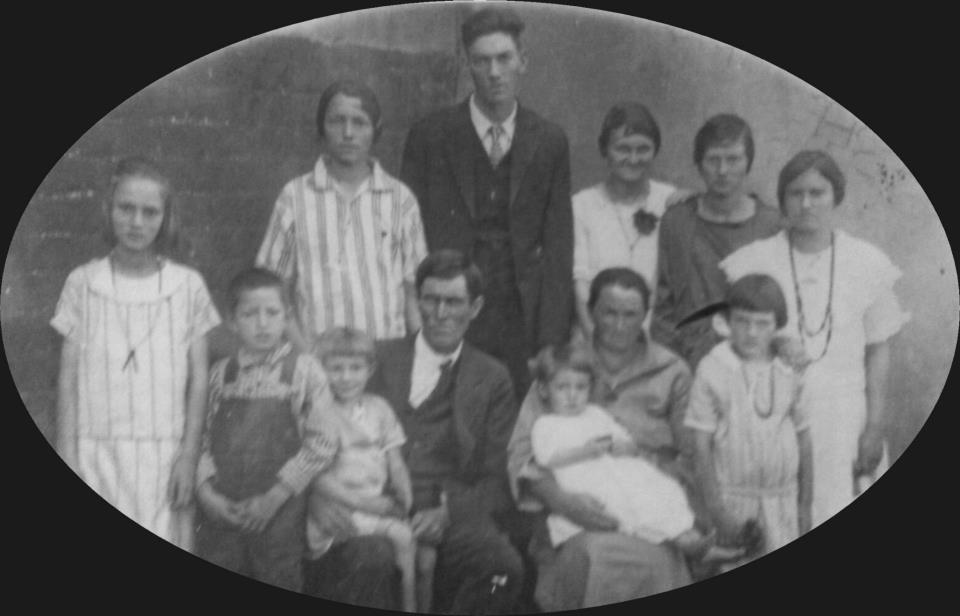To many outsiders, families in Appalachia were often viewed as living in the remote and isolated mountains where people were starving and ignorant. This is far from truth. My great-grandma, Ethel, was the 5th of 14 children. She was raised by her parents in a one room sawmill lumber home built around 1870-1880. Her father, Singletary, was a farmer and her mother, Ida, kept up the house and fed their large family. Together they raised a six to eight acre garden and grew many rows of Irish potatoes. Ida also grew sweet taters that were so big they had to be cut up with an ax. Just one sweet tater would make a “mess” for the whole family of sixteen.
They raised animals on the farm such as hogs, chickens, cows, etc. Singletary owned an old milk cow he had received from a trade. During hot summer days, the family would go out back to the wash house to cook and eat their meals. They had a spring house, which was wooden planks built over the spring where they could keep the cow milk cold. Their property had the best spring on Panther Creek and other families tapped into it.
Ida owned two sewing machines and made clothes for all of the children. She taught the children how to sew as well. My uncle Homer told me he hated the shorts his mother made for the boys to wear. She made dresses for the girls. When the children were school age, they had to walk a mile and a half to get to school. There were only a few families who owned cars back then.
The school day lasted from seven to eight am until four pm each day. Uncle Homer remembers the teachers were paid $5.25 per day! He was privileged to be in a play once. His teacher considered him to be a very smart boy. The play was called “A Fortunate Calamity” and was twenty-six pages long. He remembered his lines well and played a main character in the play.
Mountain families rarely went hungry or without clothes to wear. They worked hard to survive. My grandmother made clothes and quilts and other things for many years until she was no longer able to do so.



